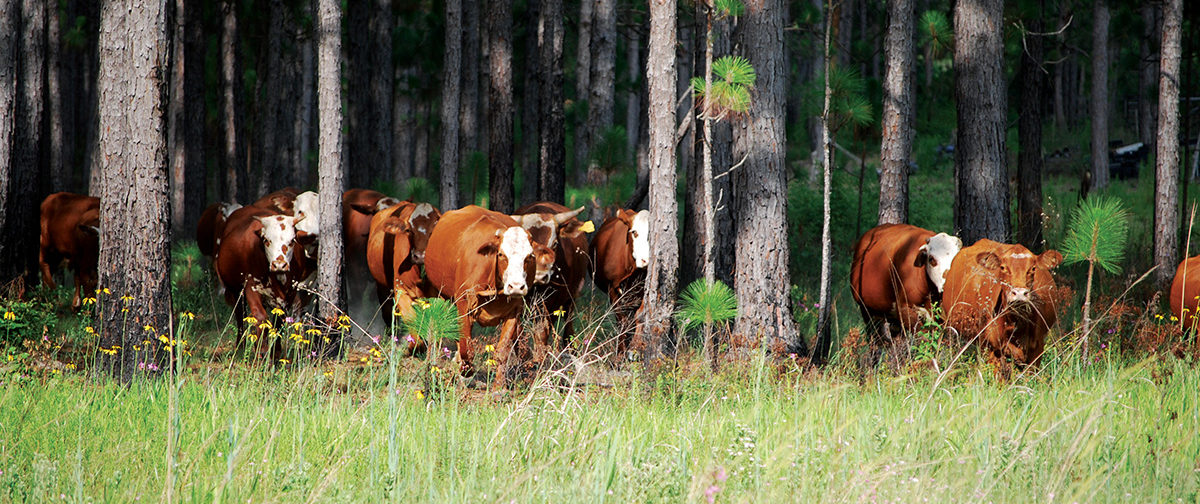DOWNLOAD THE FULL REPORT
“Conservation means harmony between men and land,” Aldo Leopold noted in a 1939 address, The Farmer as a Conservationist. “When land does well for its owner, and the owner does well by his land; when both end up better by reason of their partnership, we have conservation. When one or the other grows poorer, we do not.” As Leopold described, it is in the best interest of owners of working lands to care for the land because they rely upon it for their livelihoods. Landowners’ bottom lines are tied to stewardship practices that balance land sustainability and economic viability. Their conservation efforts, therefore, benefit both the environment and their operations.
Privately owned farms, ranches, and forests, collectively known as working lands, are the cornerstones on which our nation was built. These lands not only produce much-needed food and fiber while sustaining rural economies, they provide many conservation benefits as well, including clean water, wildlife habitat, and ecological diversity. These benefit often extend beyond property lines, serving the interests of both landowners and the public. Working lands are able to provide these benefits because environmental stewardship often goes hand-in-hand with crop, livestock, and timber production.
Part I of this two-part collection on private conservation on working lands celebrates examples of ranchers, farmers, and timber producers managing their properties with a conviction for conservation. Their private efforts result in public benefits such as conserving endangered species, improving water quality and quantity, and stopping the spread of invasive species, among others, demonstrating how working lands play a crucial role in wider conservation goals.
While these case studies show conservation on working lands is possible, well-intentioned government policies can instead make it very difficult for landowners to engage in stewardship practices. Part II, Policy Challenges to Conservation, will explore several policies that counterproductively discourage environmental conservation on working lands. It will also pose potential reforms that would make it easier for more landowners to engage in conservation efforts similar to those discussed in these case studies.
Contents:
- Cheney Lake watershed improves water quality in Kansas
- Vermont Audubon Society fosters bird-friendly maple production
- Turkey Creek Ranch protects endangered species in Colorado
- South San Joaquin Irrigation District conserves water in California
- Controlled burning cultivates longleaf pine savannas in Louisiana
To view the endnotes and references, please view the case study (PDF).




